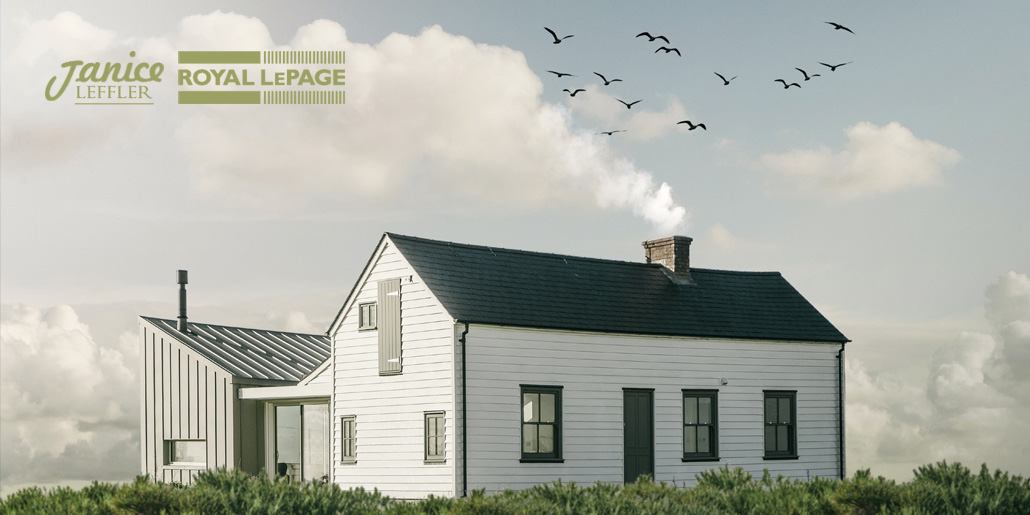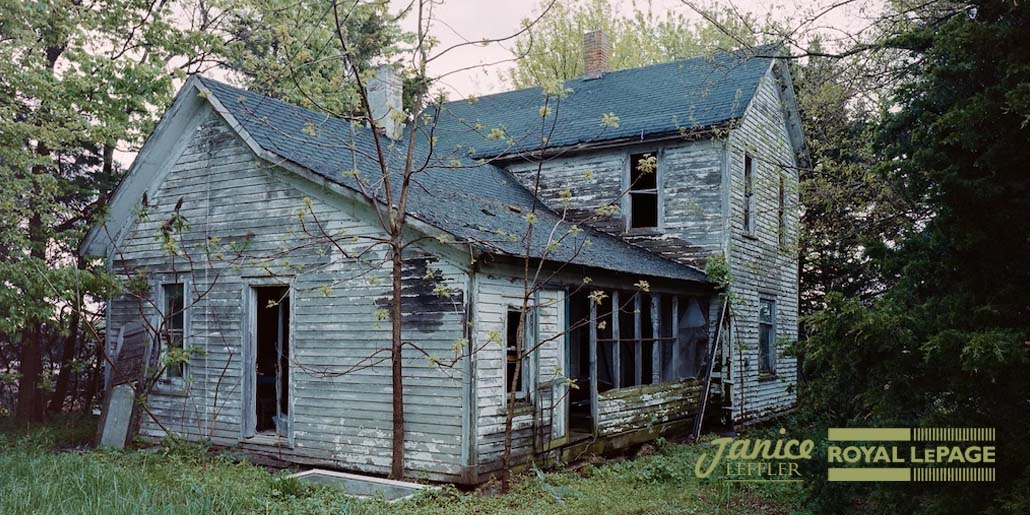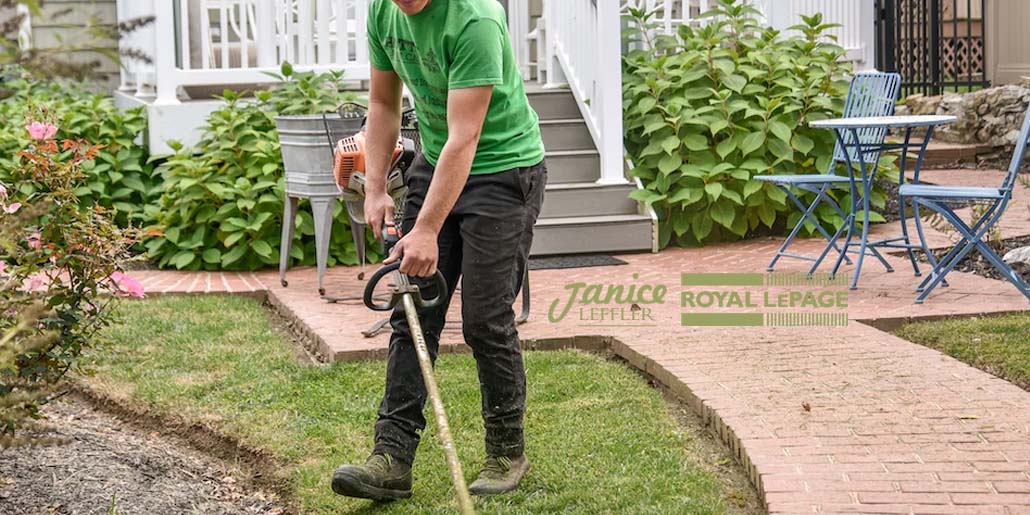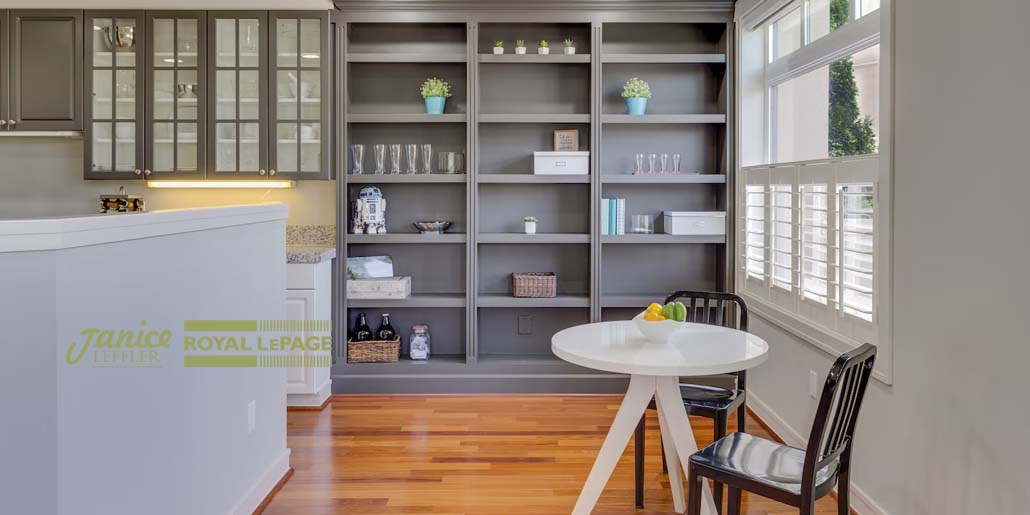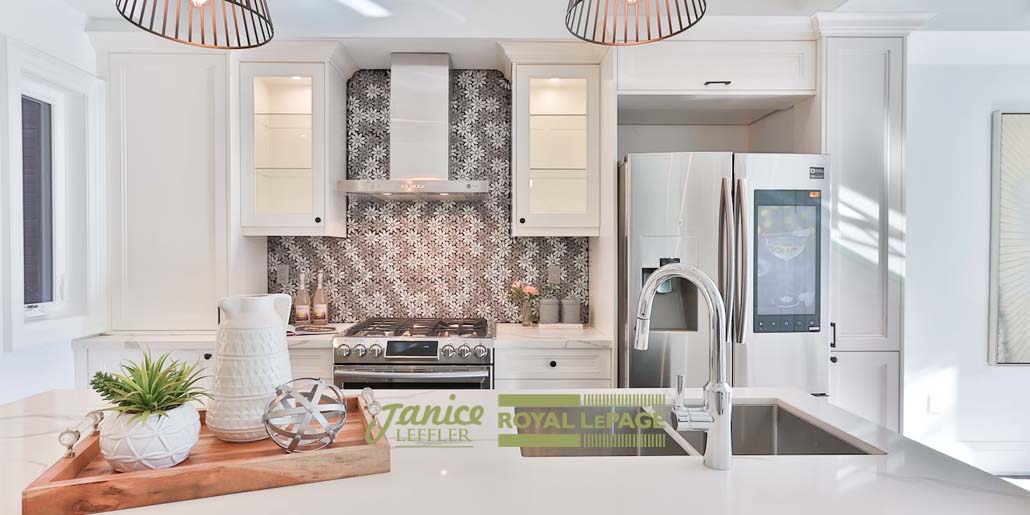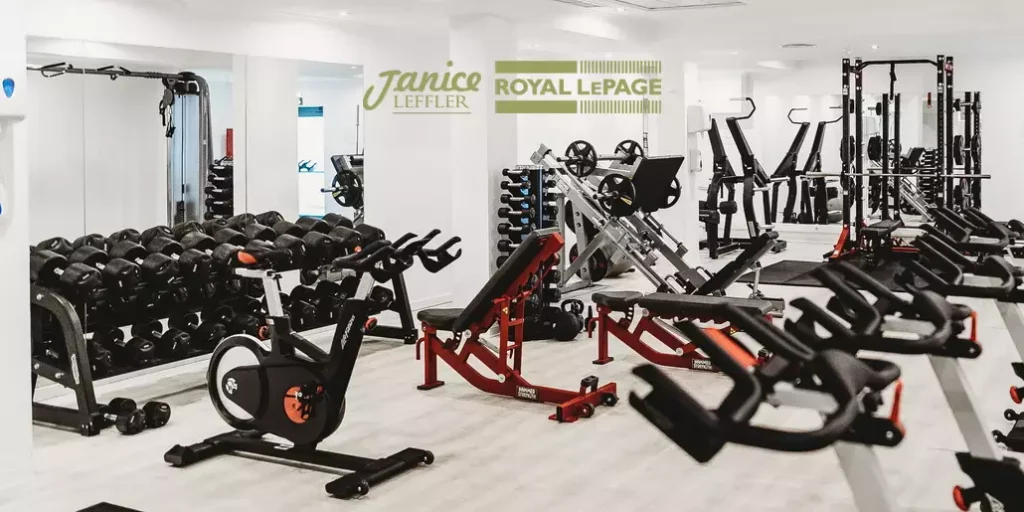Much like your income and down payment, your individual credit score is a major financial component of qualifying for a mortgage.
Your credit score will be one of the main criteria lenders will examine when you apply for a mortgage. It’s important to ensure your score is in good standing before embarking on the home purchase process. But what exactly is a credit score, and what sets a good score apart from a bad one?
Frances Hinojosa, CEO, co-founder, and principal mortgage broker at Tribe Financial Group, explains what you should know about credit scores and what factors influence them.
What is a credit score, and why is it important?
In simple terms, a credit score is an evaluation of how you maintain and utilize credit. This includes how you handle credit cards, loans, mortgages, and other credit facilities.
Hinojosa says many people don’t realize their credit score is one of the biggest indicators when it comes to the mortgage qualification process. It could impact the interest rate you receive for your mortgage.
“That’s one of the very first things a bank or a mortgage broker would consider or would look at,”
she explains. “It’s equally as important as your income or affordability of paying a mortgage.”
A score of 680 and above is the sweet spot that will give you access to most products. Anything
less than this might limit your options. If you have a score of 600 or less, you may be looking at higher risk-based pricing on your mortgage and interest rate offerings. Your credit score is determined by a number of factors: your credit payment history, the amount of credit you have available, and how long you’ve had it. Having a healthy credit score demonstrates to a lender you can meet your payment commitments over time.
“It shows the consumer is responsible and has a track record of owning up to their obligations
and paying as agreed,” said Hinojosa. “That also plays into risk-based pricing on the actual
mortgages, as well.”
What factors determine my credit score?
There are a handful of indicators that play a role in shaping your credit score, according to Hinojosa. One of the most influential factors is your payment history, which includes making sure you pay your debts on time. Thirty-five percent of your credit score is based on payment history. If you can’t pay off your credit card in full, Hinojosa recommends making at least the minimum payment by the due date to keep your score in good shape. Having a public record of being in collections or bankruptcy may also impact your credit score.
Another factor is how you use your credit. You’ll want to avoid charging up to the maximum amount or upper limits of your credit card. Hinojosa suggests keeping your credit charges to around 30% of your limit each month.
Thirdly, your credit score is influenced by how much credit you have available. Occasionally,
Hinojosa sees consumers who don’t have any credit, or those who believe using credit is a bad
thing. However, having a history of varied credit use, such as a couple of credit cards and a car
loan, proves you have a history of making payments. How long you’ve had access to credit is also important. The more time you’ve had a credit history, the better. Hinojosa compared this to car insurance.
“Usually when you’re a new driver, it’s a bit more expensive. Whereas if you have a good driving
history, the longer the good driving history, the lower your insurance premium,” she explained. “It’s very much the same when it comes to credit. The longer you show a history of repeating
good credit, the better it will be for your credit score.”
Finally, making an inquiry on your credit accounts for 10% of your overall score. Some
consumers tend to get concerned when they’re shopping for a mortgage that they’re going to
take a hit on their credit score. Hinojosa says consumers shouldn’t be overly concerned if a
lender is making an inquiry as part of the mortgage process. On the other hand, you may not want to apply for many types of credit all at once, as this will result in multiple back-to-back inquiries.
“If you already have excellent credit, let’s say 720, [at] 10% of that, it’s only going to impact your
score by seven points,” she said. “It’s not going to put you from an excellent category to a bad
category. It’s probably the least of the indicators to worry about in the overall impact of your
credit score.”
How can I improve my credit score?
If you’re planning to buy a home in the future, but aren’t sure how your credit score stacks up, making inquiries in advance with a mortgage professional can be helpful. This way you can find solutions for tweaking your credit score. Home buyers may need to address items in collections, pay down their credit limits, or make other changes to bump up their scores. There are always solutions to every situation. If you’re thinking about financing a home, don’t be afraid to have a conversation and start the process. It’s all about sitting down with a mortgage professional who can map it out for you. It can take time to improve your credit.
Hinojosa explains credit is reported on a month-by-month basis. It may take a few cycles or more to get your score where you want it to be. In cases where a home buyer needs to secure a mortgage quickly with their current credit score, a mortgage professional can explore different options. If you don’t have time to tweak that credit score, you may have to look at an alternative type of lender which might come with a slightly higher interest rate. It would still be affordable with your cash flow. It’s a stepping stone that will get you over to a traditional bank in a year or two.














